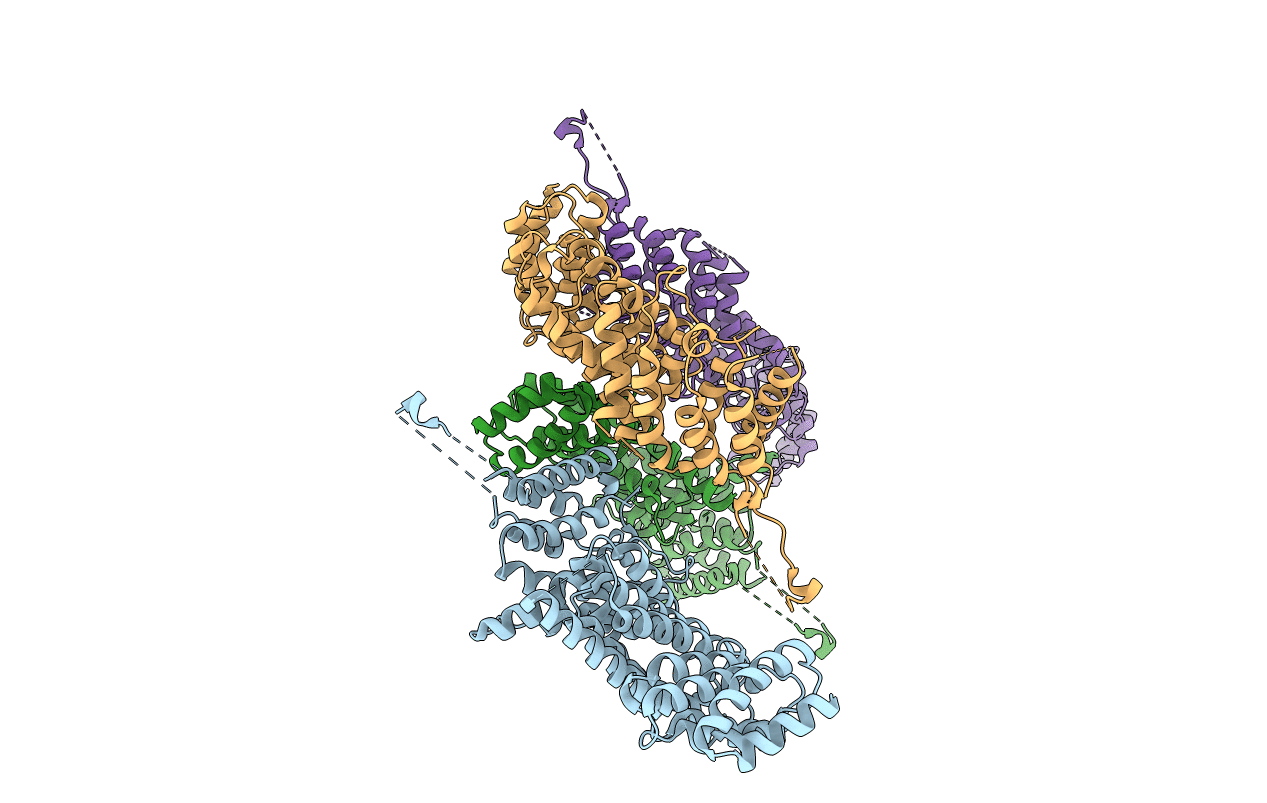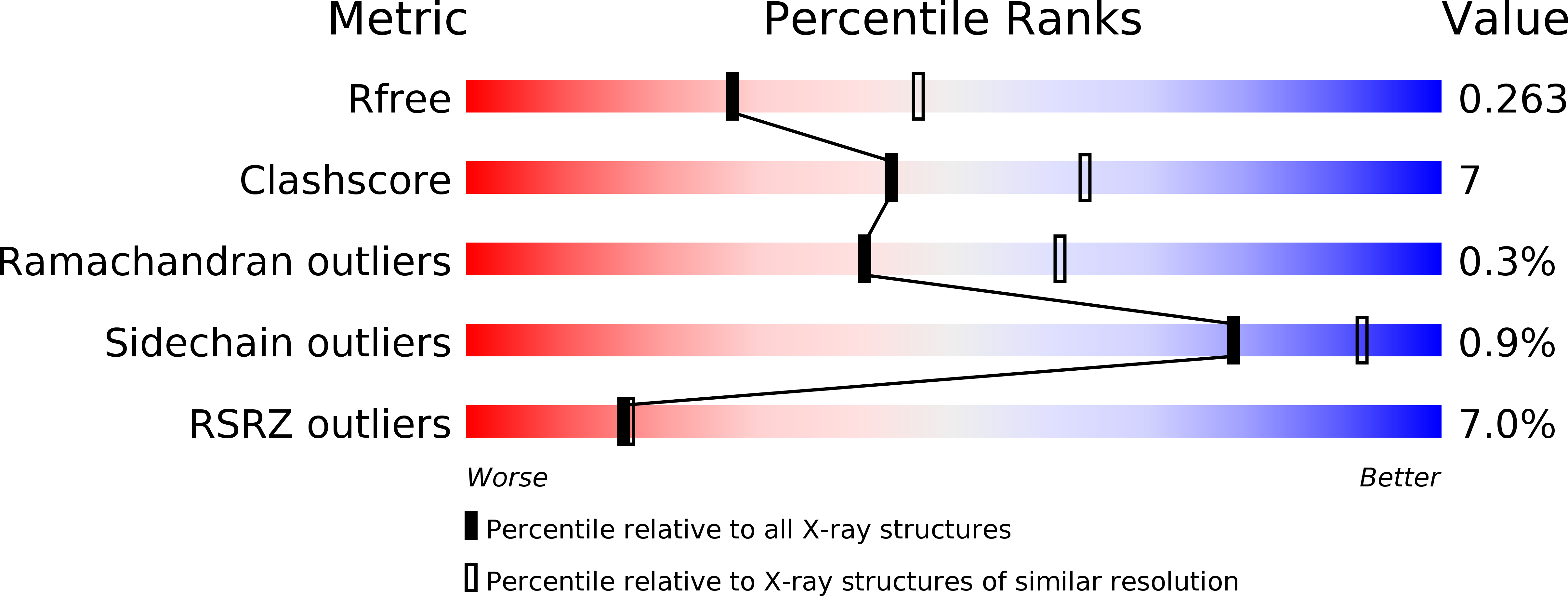
Deposition Date
2016-01-12
Release Date
2016-08-10
Last Version Date
2024-05-08
Entry Detail
Biological Source:
Source Organism:
Chaetomium thermophilum (Taxon ID: 209285)
Host Organism:
Method Details:
Experimental Method:
Resolution:
2.50 Å
R-Value Free:
0.26
R-Value Work:
0.22
R-Value Observed:
0.22
Space Group:
P 1


